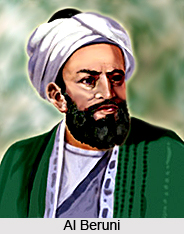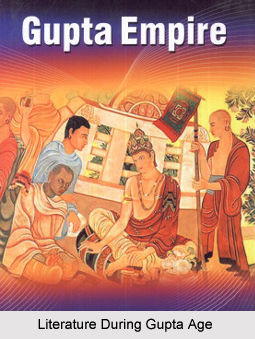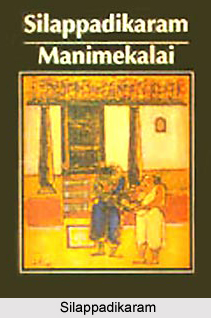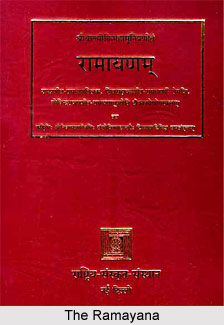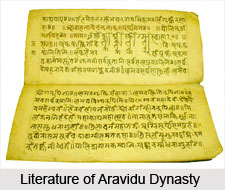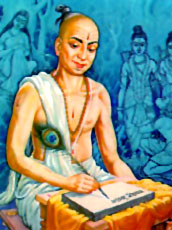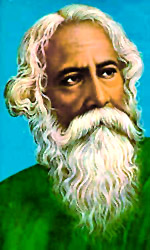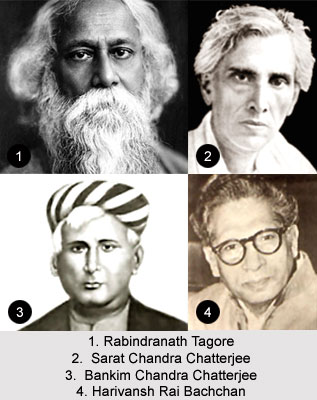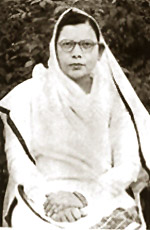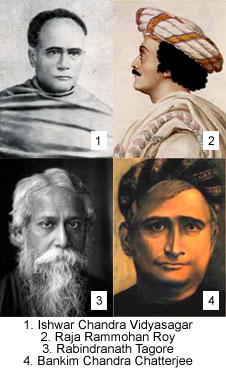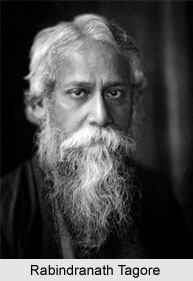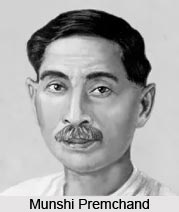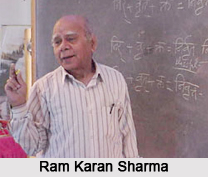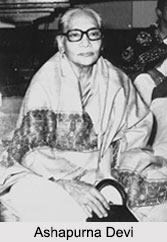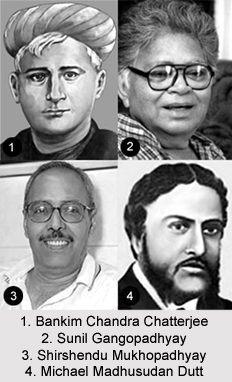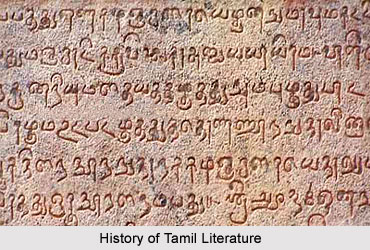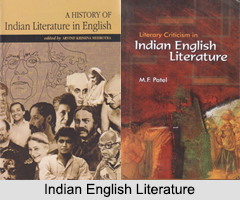Iraiyanar Akapporul, also known as Kalaviyal Enra Iraiyanar Akapporul, which means the treatise on the theme of love by Iraiyanar called- The study of stolen love. It is an early medieval poetic work in Tamil, particularly, on the literary conventions related with the akam tradition of love poems in Tamil literature. The precise date of the work cannot be ascertained but the period of composition is generally accepted to be between the 5th and 8th centuries. The Iraiyanar Akapporul comprises of a set of sixty nurpas terse epigrams written in poetry that codify rules accredited to Iraiyanar. The accumulated text, along with an extensive prose thesis on akam poetics credited to Nakkiranar, is structured as a commentary on the nurpas, but notably develops on them and initiates various new ideas. The literary of Iraiyanar Akapporul or Kalaviyal Enra Iraiyanar Akapporul constitutes an essential place in the history of Tamil literature for numerous causes.
The poetical argument presented through the work, including the treatment of conventional episodes of love as consecutive scenes in a recounting drama by Nakkiranar, was tremendously influential in the expansion and growth of Tamil love poetry and poetics during the medieval and pre-colonial eras. Further more, the treatise of Nakkiranar is the first major Tamil literary work to be composed totally in prose form and the first scholarly textual commentary in Tamil. It stylistically formed the evolution of the Tamil prose and the tradition of commentaries. Iraiyanar Akapporul also comprises of the earliest accounts of legends from the Sangam age that has played an important role in the development of modern Tamil awareness.
Composition of Iraiyanar Akapporul
The Iraiyanar Akapporul or Kalaviyal Enra Iraiyanar Akapporul is a complex literary work in its current form. It consists of 3 distinctive texts by different poets and authors. These are 60 nurpas that comprises of the foundation of the Iraiyanar Akapporul, a long prose commentary on the nurpas, as well as a set of verses known as the Pantikkovai which are entrenched in the commentary. The original work of the Iraiyanar Akapporul comprised of 60 brief verses termed as nurpas, which in total, has 149 lines. The hymns depict several similarities with the porulatikaram segment of the Tolkappiyam, which is an ancient manual on Tamil grammar, prosody and poetics, both in its vocabulary and its core concepts. The poet of the 60 verses of Iraiyanar Akapporul still remains anonymous and it is rather difficult to precisely date the verses in the work.
The second constituent of the work is the treatise on love poetics by Nakkiranar which, even though prepared as a commentary, is treated by contemporary scholars as a scholarly and intellectual work in Tamil literature. The commentary is several times the length of the verses themselves which extend up to more than two hundred pages in Tamil language. The treatise is composed in the style and tones of an essay of the type which is commonly available at a literary academy.
Content of Iraiyanar Akapporul
The Iraiyanar Akapporul is written with the concern of establishing the literary conventions which moderate the akam tradition of Tamil love poetry. The traditions and conventions are obtained from the poetic works of the Sangam literature. Each verse consists of authentic words that are spoken by one of the individuals involved in the relationship, without any commentary by a panoptical narrator. Only specific characters in the literary work contain dialogues, like Talaivan (the hero), Talaivi (the heroine), Tolan (a close male friend of the hero Talaivan), Toli (a close female friend of the heroine Talaivi), and other characters like mother, foster-parents, courtesans, bards who arbitrate between a husband and wife and a few other sundry characters. The spoken words or dialogues are addressed to a listener, as soliloquies were not permitted by the traditions of akam poetry.
The transcript divides the development of a love relationship into 2 stages, first the stage of stolen love known as Kaavu, and stage chaste love known as Karpu. Love is believed to be stolen before marriage and chaste after marriage. Several types of situations and consequences may occur within each stage.
Significance of Iraiyanar Akapporul in Tamil Literature
The Tamil literary work of Iraiyanar Akapporul or Kalaviyal Enra Iraiyanar Akapporul and particularly the commentary of Nakkiranar, reintroduces the akam tradition in Tamil literature from the Sangam age in the light of the Shaivite Bhakti traditions. The Shaivite tradition was wide spread through out Tamil Nadu in a gesture of Hindu revivalism during that period. According to Indian traditions, a commentary plays a vital role in reworking and reinterpreting the ability of implementing a text or convention in the context of evolving historical or social conditions. Commentary of Nakkiranar plays the role of retrieving and regaining the Tamil akam tradition, which is secular in form and associated with Jainism, for the Tamil Shaivite traditions.

